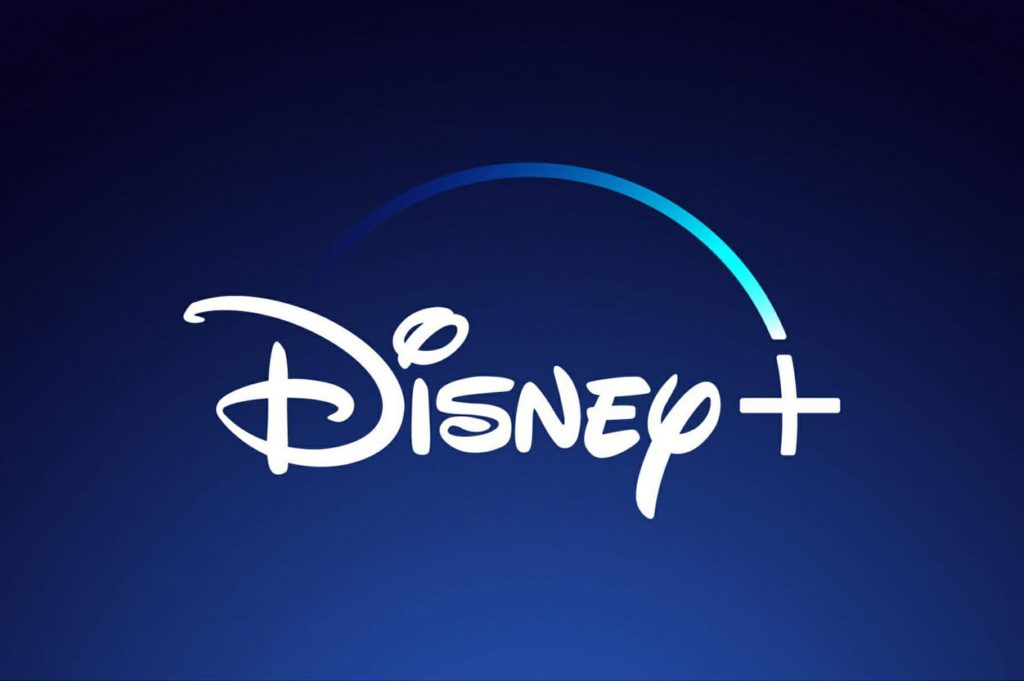Analyst: ‘Disney+ AVoD faster start than Netflix’
March 20, 2023
By Colin Mann

Disney’s ad-supported D2C tier has made a faster start than Netflix’s equivalent product, according to Jonathan Carson , Co-Founder and CEO of measurement and analytics company Antenna.
In a blog post, he notes that ad-supported streaming continues to be one of the most important stories in the subscription video space as the market reacts to recent launches of ad tiers by Netflix and Disney+ and buzz builds around a potential launch of an ad-supported tier of Apple TV+.
“Three months into Disney+’s AVoD launch, we thought it important to report on the early traction for that product and provide an update on Netflix’s progress,” he advises.
“Disney+’s ad-supported plan is off to a faster start than either Netflix or HBO Max among new subscribers,” he reports. “In the first month of release, 20 per cent of new Signups were to one of the Disney+ ad-supported plans, versus 9 per cent for Netflix in its first month and 14 per cent for HBO Max. By the third month, Disney+ reached 36 per cent, compared to 19 per cent for Netflix and 21 per cent for HBO Max.”
He suggests it is important to remember that Netflix’s ad-supported plan is a bit different from the others because it is available only with the Netflix Basic plan. The Standard and Premium service tiers, which include additional features such as concurrent streams and HD quality, currently don’t have an ad-supported version. “If we look at the portion of Netflix Basic signups who are choosing the ad-supported plan, a different story emerges: In January, Basic with Ads accounted for 54 per cent of all Basic tier Signups for Netflix,” he notes.
For Carson, the launch of the Disney+ ad tier had an interesting twist, as it was packaged with a significant price increase. Existing subscribers had a choice to either pay an additional $3 (€2.81), pay the same price but switch to the ad supported plan, or cancel. Antenna found that 94 per cent of Disney+ Premium plan Subscribers took the price increase, 5 per cent cancelled, and less than 1 per cent of existing subscribers maintained their current cost by switching to the ad-supported plan.
“When we look at total penetration of Ad-supported plans across the Premium SVoD services that offer them, two insights emerge,” he says. “First, consumers are clearly demonstrating that they are willing to choose advertising in exchange for a lower price. In Peacock’s case, three out of four Subscribers have the ad-supported plan, but across the board all services that have launched ad-tiers are seeing consumers opt-in to their ad-supported plans.”
“Second, it takes time! The uptake of HBO Max’s ad-supported plan saw incremental increases among both new Signups and existing Subscribers in the months following its launch, and that plan now accounts for 20 per cent of all HBO Max Subscribers. Disney+ and Netflix are also seeing similar incremental increases in the first months in market – Disney+ a bit faster than HBO Max, and Netflix a bit slower – suggesting that both Services are headed towards accumulating meaningful audiences for advertising,” he concludes.
For Carson, the bottom line is that while it’s still early days for ad-supported Premium SVoD, it’s interesting to see multiple services experimenting with different offerings and pricing strategies, suggesting that there may be multiple paths towards profitability for video streaming services to take.
